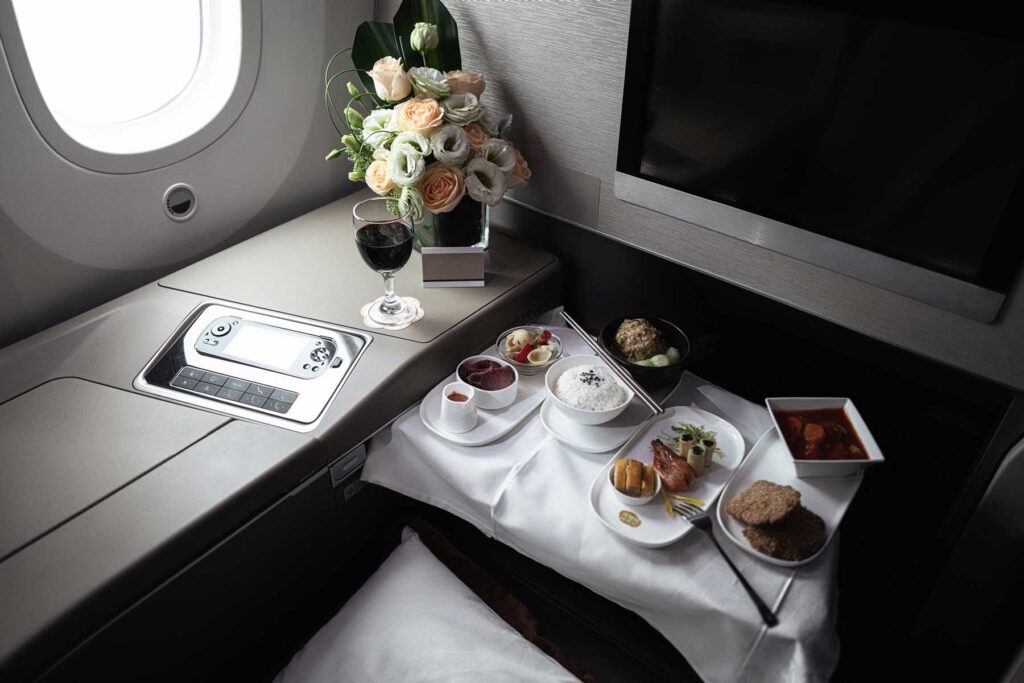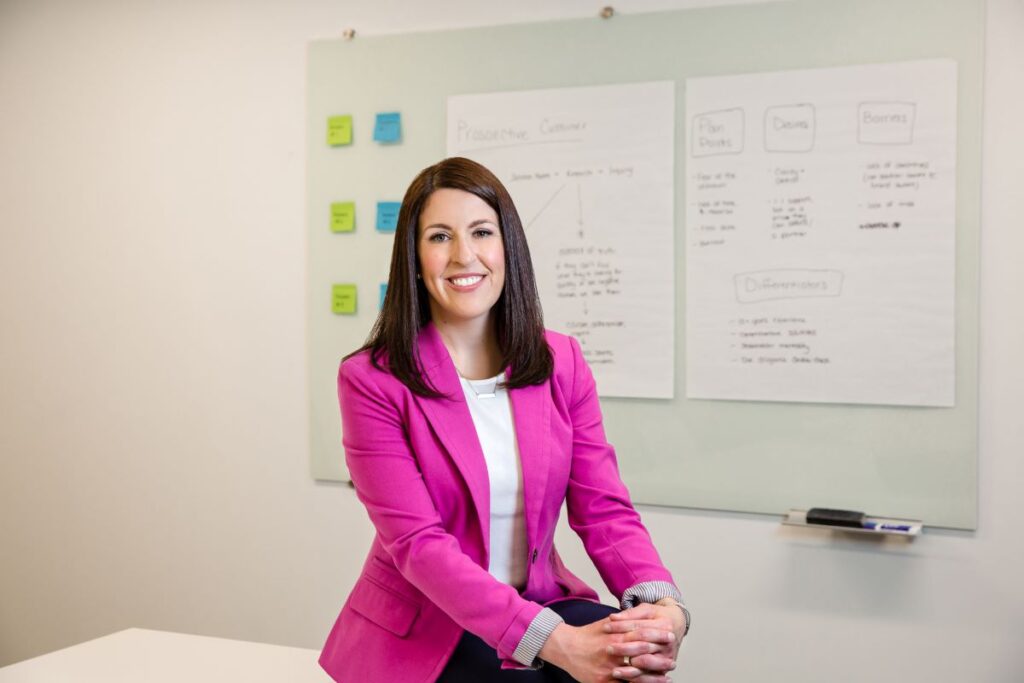Who Really is My Target Market?
You may have picked up on the theme among the last 5 blog posts: they’re takeaways from our How to Price course. I teach a lot of business principles, across every function in a business. And I love diving into academic theory, case studies, and the psychology; and then figuring out how they can apply in real life, especially to small businesses of course. But nothing fascinates me more than observing what actually lands with people, as it’s never what I predict.
From this round of How to Price, one of the biggest student aha’s I heard was: “When I look at my profitability analysis, I see that I didn’t understand my target market.”
So today, I wanted to share a 101, fun way to classify and clarify: who is my target market?

We’ve adopted a fun framework from Denise Duffield-Thomas, using airline classes to clarify target markets into economy, premium economy, business class, and first class.
Before I get into it, I like to always start with this caveat: first class is not the “right” answer, so resist the temptation to automatically shoot for this as a goal. The right answer is the one that’s correct for your business. And the fun thing about that is: the riches are in the niches.
It should be different for everyone, which means there’s room for everyone.
Ask yourself: is my business offering a product or providing a service that’s economy, premium economy, business class, or first class? (It can be helpful here to have the input of an unbiased colleague, partner, or customer when thinking about this).
Economy
It gets the job done. It’s efficient, cost effective, and works at scale. It may not be the best experience in the world, but it gets the customer from point a to point b at a relatively low price, compared to the market.
Premium Economy Target Market
Similar to economy, but it’s incrementally more expensive and incrementally a better experience. It feels like a good value for those who crave a little extra special-ness, but it’s still fairly economical.
Business Class Target Market
Business class is where the experience (and price) leapfrogs. The underlying product function is the same (we’re still trying to get from point a to point b), but the experience totally changes.
By the laws of supply and demand, it’s for fewer people, so there’s less supply (and therefore more exclusivity from a marketing point of view). For those who prioritize experience and are willing to pay for it, this is where the biggest leap in value happens.
First Class
First class is the cream of the crop experience. It’s intentionally impossible to scale and for those who want – and want to pay for – white glove service. Remember: the function is the same, and the experience is typically incrementally better than business class. In first class, it’s all about complete personalization and catering but even more so: exclusivity. And the price tag should match.
So, once you determine which “class” your business is in, it’s time to ask: am I attracting economy, premium economy, business class, or first class customers? And is there a (mis)match between my product, service, and customer? Often, there is.
An Example and Invitation : )
Ellevated Outcomes offers 2 products in 2 different classes.
Our Advisory Practice is a business class product, and our Small Business MBA is a premium economy product.
Here’s why: our Advisory Practice is a personal, customized, year-long commitment and we really focus on creating a great and delightful experience (hello, Madyson McClure who runs our client delight!). And we price it accordingly.
Our target clients are small businesses of 1-10 people, who value getting tangible results (in other words, the function is there). But they also value personal, creative connections. They want things customized to them. They know that supply is limited and it costs more, but they value it. Yet, if we made it first class, our ideal small business customers wouldn’t be able to afford it. So for this product, business class is the sweet spot.
And we’ve learned that there are many small businesses and solopreneurs out there who can’t quite make the business class investment work. Or they don’t place value on the experiential aspects. They just want the function, and that’s totally great! So that’s why we created the Small Business MBA, starting with How to Price.
And wink, wink: it dives deeply into the above. The function is there, and it’s extensive. It’s the same work we carry out in our Advisory Practice without the personalization. But we deliver it through clear, delightful, aesthetically pleasing presentations and worksheets, and availability on-demand (hence premium economy). It’s priced accordingly for early-stage businesses, solopreneurs, and people who say, “I’d like the thing, and I’d like it now please.”
If you’re curious about either of the above, here’s where you can learn more and sign up.
image credit: Travel + Leisure / Getty Images


